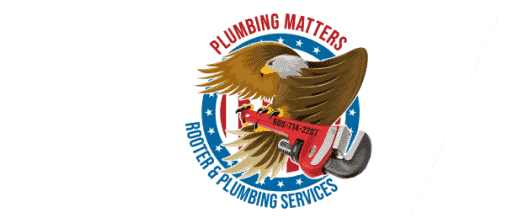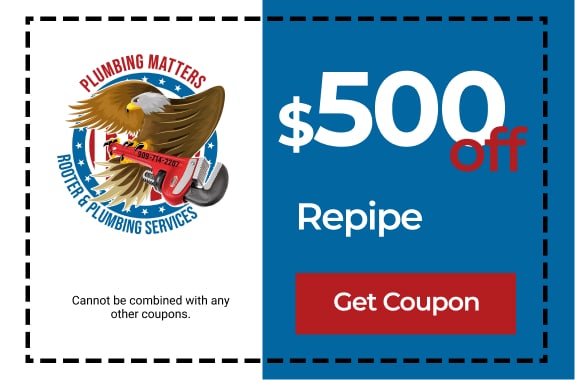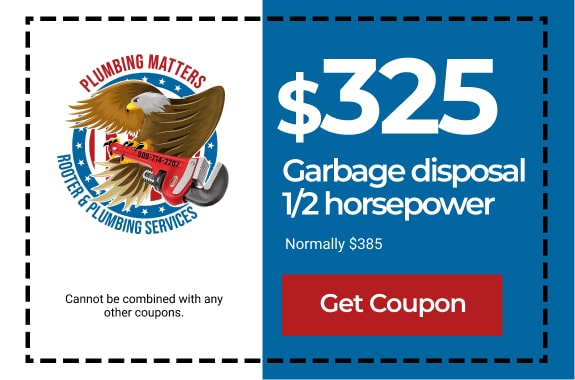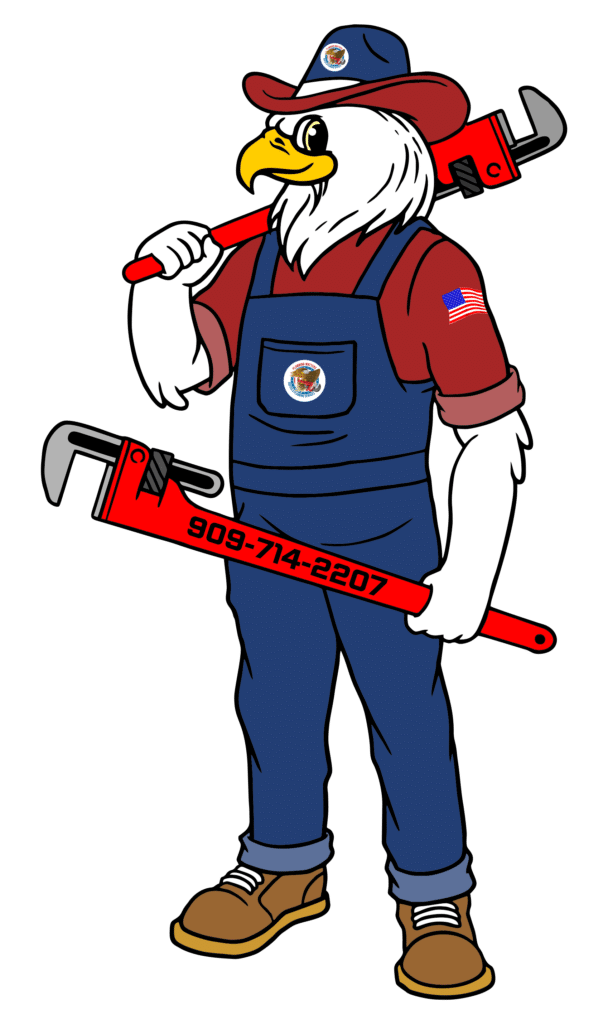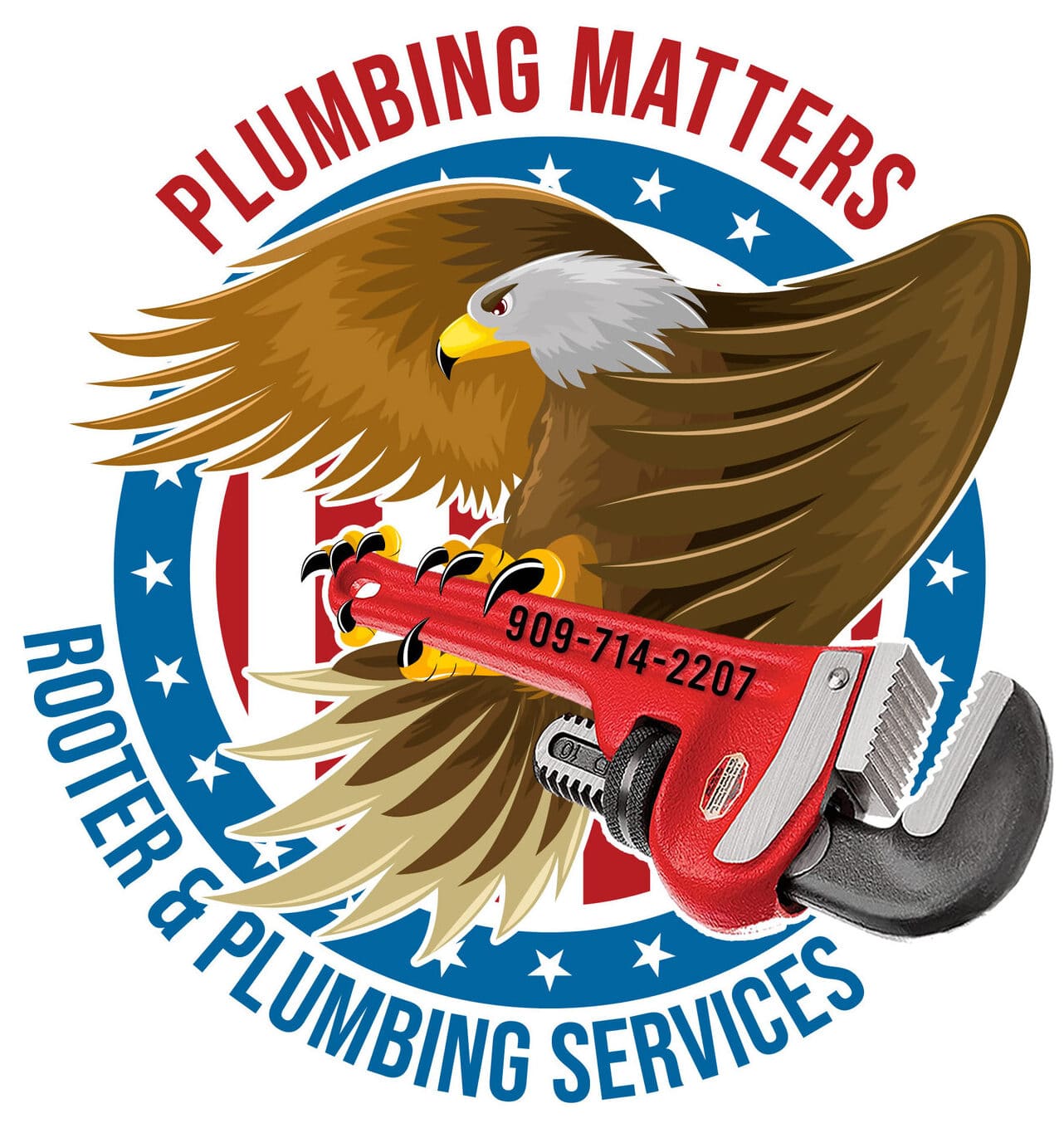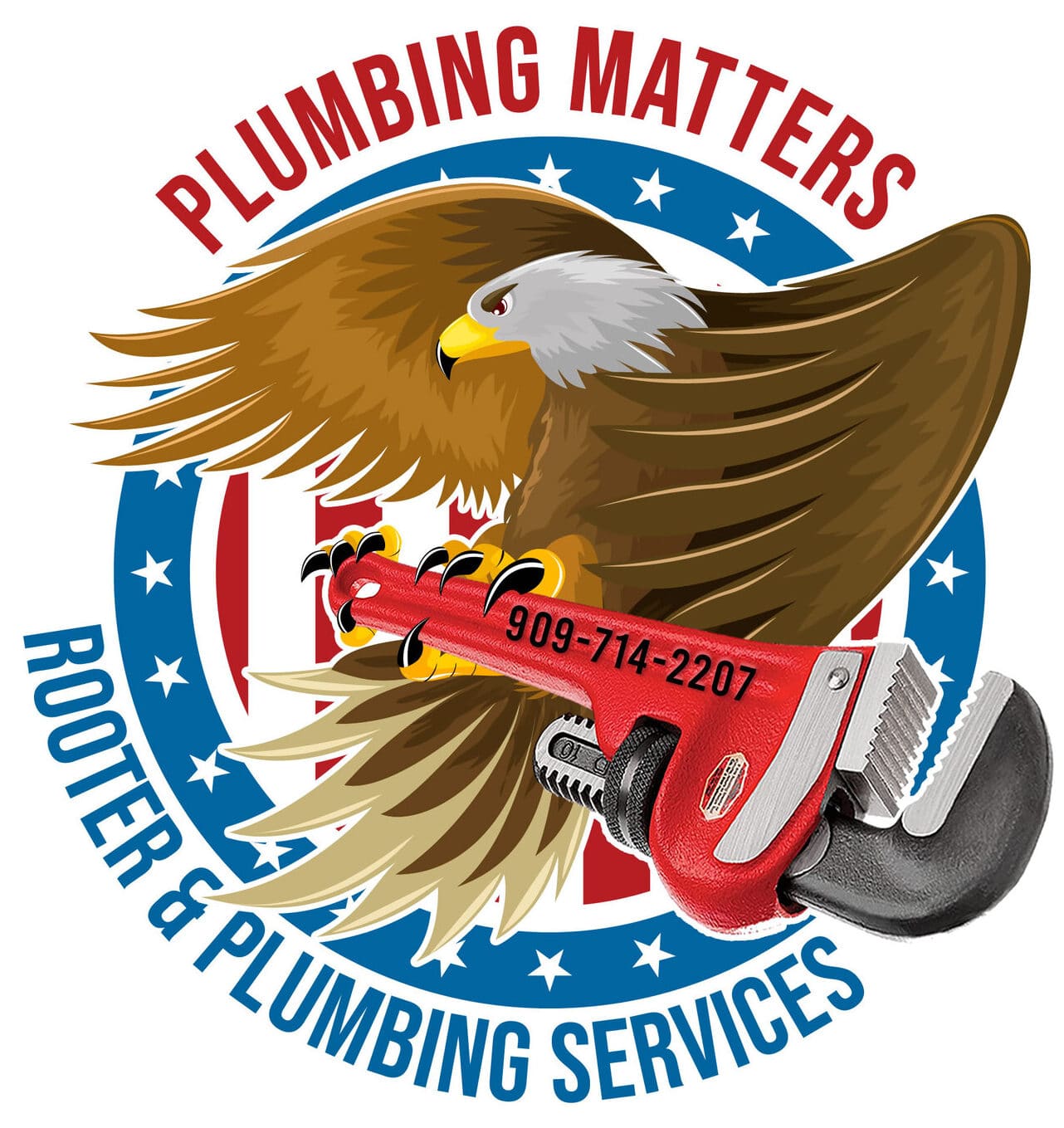When faced with a clogged drain, it can be a frustrating experience. Calling a local plumber is often the first solution that comes to mind, but did you know that you can try unclogging the drain yourself? With a few simple techniques and some basic tools, you can save both time and money. In this article, we will guide you through step-by-step instructions on how to unclog a drain without the need for a plumber.
1. Gather Your Supplies
Before you begin, it’s essential to gather all the necessary supplies. Here’s what you’ll need:
- Rubber gloves: To protect your hands during the process.
- Plunger: A basic plunger will help create the required pressure to dislodge the clog.
- Drain snake: Also known as a plumber’s snake, this tool will be handy for deeper clogs.
- Baking soda: A natural cleaning agent that helps break down organic material.
- Vinegar: A natural acid that aids in dissolving clogs.
- Boiling water: To flush out the clog effectively.
2. Remove Visible Debris
Start by removing any visible debris or hair near the drain entrance. Use gloved hands or a pair of tweezers to get rid of the gunk, which often causes minor clogs.
3. Try Using a Plunger
Place the plunger over the drain and add enough water to cover the rubber part. Push the plunger up and down with force for about 30 seconds. The pressure created should dislodge the clog, allowing water to flow freely.
4. Use Baking Soda and Vinegar
For mildly stubborn clogs, try the baking soda and vinegar method. Pour half a cup of baking soda down the drain, followed by half a cup of vinegar. Cover the drain with a cloth or stopper, allowing the mixture to fizz and break down the clog. After 30 minutes, flush the drain with hot water.
5. Employ a Drain Snake
If the plunger and baking soda methods didn’t work, it’s time to bring out the drain snake. Insert the snake into the drain and twist it clockwise while pushing it gently. If you encounter resistance, you might have found the clog. Continue to push and twist until you break through the blockage.
6. Boiling Water Method
For simple clogs, boiling water can be remarkably effective. Carefully pour a pot of boiling water down the drain in two to three stages, allowing the hot water to work its way through the clog.
7. Use Natural Enzymes
Consider using natural enzyme-based drain cleaners that are environmentally friendly and can break down organic matter effectively.
8. Preventive Measures
Once you’ve successfully unclogged your drain, take some preventive measures to avoid future clogs:
- Use drain screens to catch hair and debris.
- Avoid pouring grease and oil down the drain.
- Regularly flush drains with hot water to prevent build-up.
Conclusion
Unclogging a drain without calling a plumber is a doable task that can save you time and money. By following the simple steps and using the right tools, you can easily tackle minor clogs. However, for more stubborn or frequent clogs, it’s best to consult a professional drain cleaning plumber to address any underlying issues.
FAQs (Frequently Asked Questions)
- Can I use chemical drain cleaners instead of natural methods? We advise against using chemical drain cleaners as they can damage your pipes and harm the environment.
- How often should I clean my drains to prevent clogs? It’s a good practice to flush your drains with hot water once a week to prevent clogs from forming.
- What if the clog is too deep for the drain snake to reach? In such cases, it’s best to consult a professional plumber who has the right tools to handle deeper clogs.
- Why does my drain keep clogging despite using preventive measures? Persistent clogs may indicate an underlying issue with your plumbing system. It’s best to have a professional inspection.
- Is there a way to unclog a drain without any tools? While tools can make the process easier, you can attempt to unclog a drain using boiling water and natural cleaning agents.
